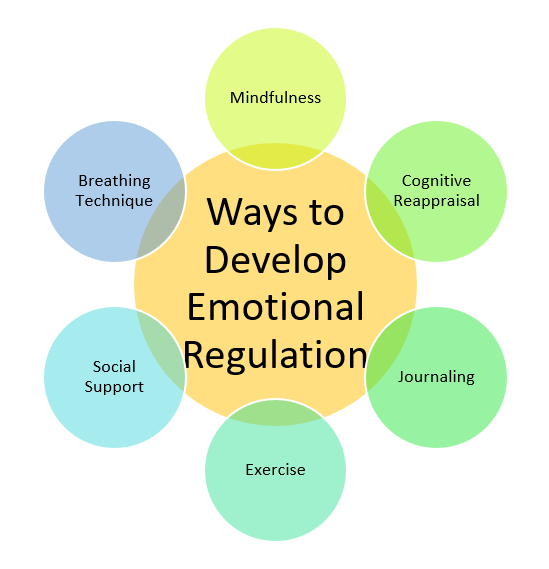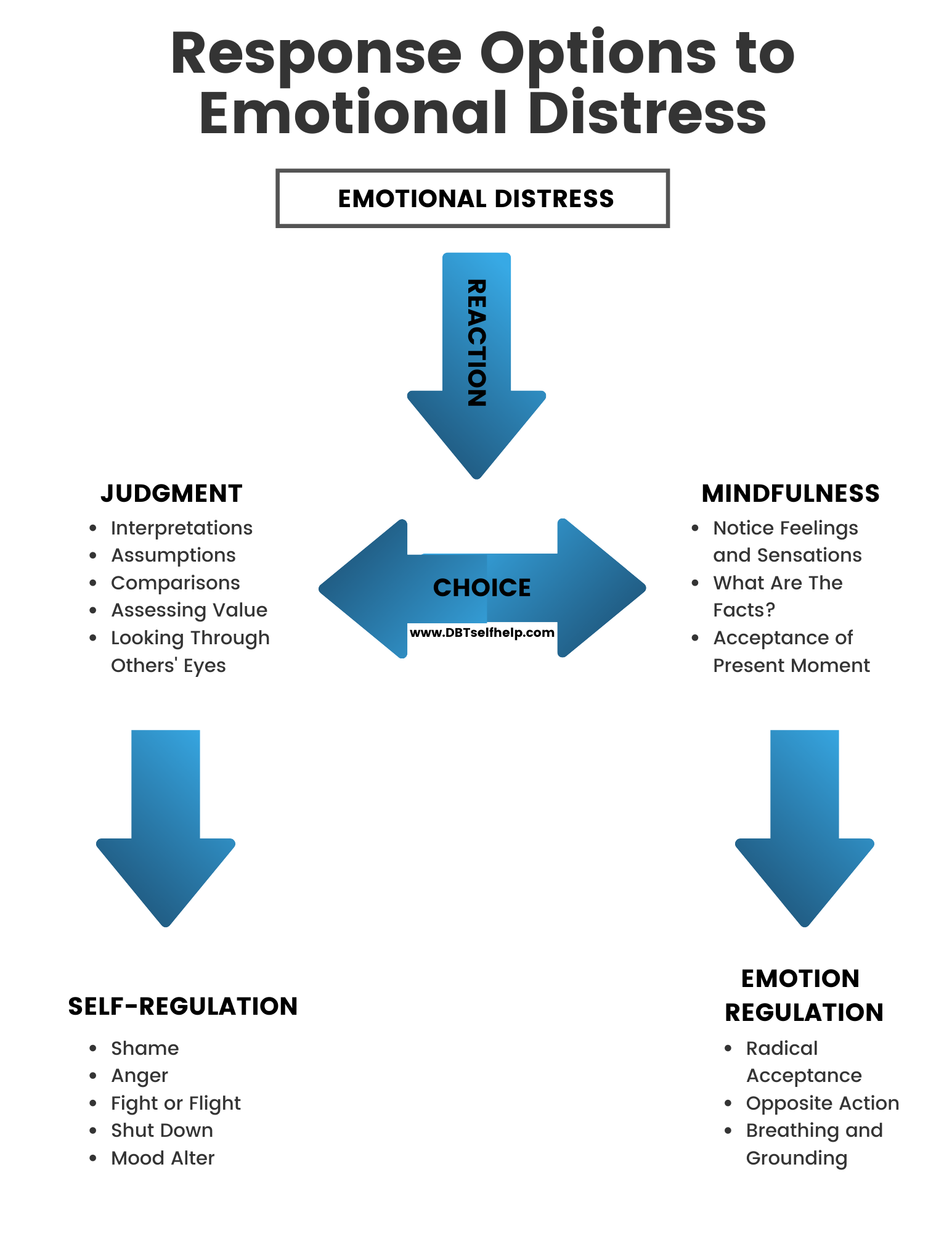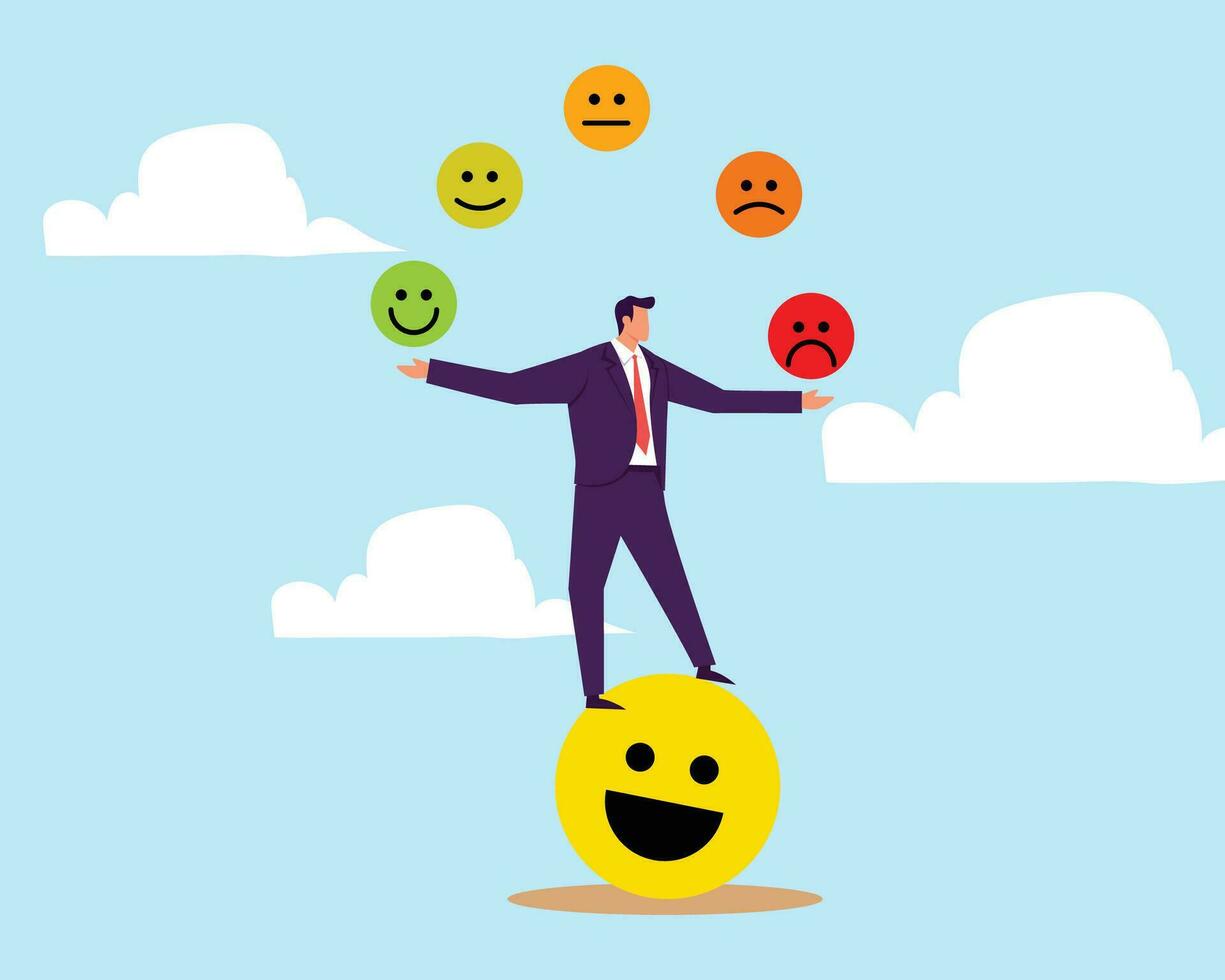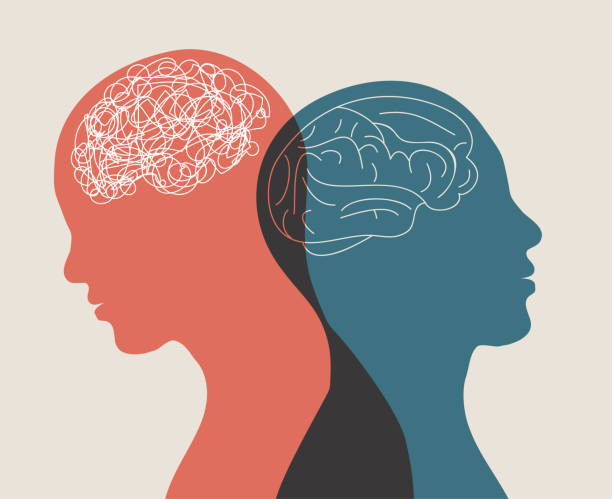Introduction
Emotional regulation is a critical psychological process that involves managing and responding to emotional experiences in ways that are socially acceptable and personally beneficial. It is the ability to influence one’s emotions—how they are experienced and expressed—through conscious or unconscious strategies. Effective emotional regulation contributes to mental well-being, healthy relationships, and improved stress management (Gross, 2015).
What is Emotional Regulation?
Emotional regulation encompasses strategies used to monitor, evaluate, and modify emotional reactions to achieve one’s goals (Gross & Thompson, 2007). It involves two dimensions-
- Intrinsic Regulation- Managing one’s own emotions, such as calming oneself after an argument.
- Extrinsic Regulation- Influencing others’ emotions, such as soothing a distressed friend.
These processes can be conscious, as when deciding to reframe a negative thought, or automatic, like avoiding distressing situations. Emotional regulation helps individuals navigate challenges, maintain focus, and build strong relationships (Thompson, 1994).
Read More- Mental Health
Importance of Emotional Regulation
Some importance of emotional regulation includes-
- Mental Health and Well-being- Difficulty in regulating emotions has been linked to various mental health conditions, including depression, anxiety, and borderline personality disorder (Aldao et al., 2010). Conversely, effective regulation promotes psychological resilience and reduces stress levels.
- Interpersonal Relationships- Emotionally regulated individuals communicate effectively and are less likely to react impulsively, strengthening interpersonal bonds. They tend to exhibit empathy and understanding, which are key to healthy relationships (John & Gross, 2004).
- Workplace Productivity- Professionals who regulate their emotions perform better in stressful environments, as they can maintain focus and avoid burnout. Emotional regulation is also essential for leadership, as it helps manage conflict and inspire teams (Brotheridge & Lee, 2008).
Developing Emotional Regulation
Some ways to develop emotional regulation include-

1. Mindfulness Practices
Mindfulness involves maintaining awareness of the present moment without judgment. Studies show that mindfulness meditation reduces emotional reactivity and enhances regulation skills (Kabat-Zinn, 1990). Techniques include:
- Body Scans- Focusing on physical sensations to ground emotions.
- Mindful Breathing- Using breath as an anchor to stabilize emotional responses.
2. Cognitive Reappraisal
Cognitive reappraisal involves reframing negative situations to alter emotional impact. For example, viewing failure as a learning opportunity reduces feelings of shame or frustration (Gross, 2015). This strategy is associated with improved mental health outcomes and better coping mechanisms (John & Gross, 2004).

3. Journaling
Writing about emotional experiences clarifies thoughts and aids processing. Expressive writing has been shown to reduce emotional distress and foster self-reflection (Pennebaker, 1997).
4. Exercise
Physical activity releases endorphins, which enhance mood and reduce stress. Regular exercise improves emotional regulation by reducing physiological arousal associated with negative emotions (Mikkelsen et al., 2017).
5. Social Support
Connecting with supportive individuals helps regulate emotions through shared perspectives and validation. Social support buffers the impact of stressors and promotes adaptive coping (Taylor, 2011).
6. Breathing Techniques
Deep diaphragmatic breathing activates the parasympathetic nervous system, which counteracts stress-induced physiological responses. Techniques like box breathing—inhale for 4 seconds, hold for 4 seconds, exhale for 4 seconds—can calm intense emotions (Brown & Gerbarg, 2005).
Barriers to Emotional Regulation
Several factors hinder emotional regulation:
- Childhood Experiences- Adverse experiences, such as neglect or trauma, can disrupt the development of emotional regulation skills (Cicchetti et al., 1995).
- Mental Health Conditions- Disorders like anxiety and depression impair the ability to manage emotions effectively (Aldao et al., 2010).
- Lack of Awareness- Some individuals struggle to recognize their emotions, which makes regulation challenging (Barrett et al., 2001).
Overcoming these barriers often requires professional intervention, such as therapy or counseling.
Conclusion
Emotional regulation is a cornerstone of psychological health, interpersonal harmony, and professional success. By employing strategies like mindfulness, cognitive reappraisal, and social support, individuals can enhance their capacity to manage emotions effectively. While barriers exist, advances in research and therapy offer promising solutions for cultivating this essential skill.
References
Aldao, A., Nolen-Hoeksema, S., & Schweizer, S. (2010). Emotion-regulation strategies across psychopathology: A meta-analytic review. Clinical Psychology Review, 30(2), 217–237. https://doi.org/10.1016/j.cpr.2009.11.004
Barrett, L. F., Gross, J. J., Conner, T. S., & Benvenuto, M. (2001). Knowing what you’re feeling and knowing what to do about it: Mapping the relation between emotion differentiation and emotion regulation. Cognition and Emotion, 15(6), 713–724. https://doi.org/10.1080/02699930143000239
Brotheridge, C. M., & Lee, R. T. (2008). Emotional exhaustion and service delivery. Journal of Managerial Psychology, 23(1), 3–12. https://doi.org/10.1108/02683940810849672
Cicchetti, D., & Toth, S. L. (1995). A developmental psychopathology perspective on child abuse and neglect. Journal of the American Academy of Child & Adolescent Psychiatry, 34(5), 541–565. https://doi.org/10.1097/00004583-199505000-00008
Gross, J. J. (2015). Emotion regulation: Current status and future prospects. Psychological Inquiry, 26(1), 1–26. https://doi.org/10.1080/1047840X.2014.940781
Hayes, S. C., Strosahl, K. D., & Wilson, K. G. (2006). Acceptance and commitment therapy: The process and practice of mindful change. Guilford Press.
Kabat-Zinn, J. (1990). Full catastrophe living: Using the wisdom of your body and mind to face stress, pain, and illness. Delacorte.
Mikkelsen, K., Stojanovska, L., Polenakovic, M., Bosevski, M., & Apostolopoulos, V. (2017). Exercise and mental health. Maturitas, 106, 48–56. https://doi.org/10.1016/j.maturitas.2017.09.003
Pennebaker, J. W. (1997). Writing about emotional experiences as a therapeutic process. Psychological Science, 8(3), 162–166. https://doi.org/10.1111/j.1467-9280.1997.tb00403.x
Salovey, P., & Mayer, J. D. (1990). Emotional intelligence. Imagination, Cognition and Personality, 9(3), 185–211. https://doi.org/10.2190/DUGG-P24E-52WK-6CDG
Taylor, S. E. (2011). Social support: A review. In H. S. Friedman (Ed.), The Oxford handbook of health psychology (pp. 189–214). Oxford University Press.
Subscribe to PsychUniverse
Get the latest updates and insights.
Join 3,022 other subscribers!
Niwlikar, B. A. (2025, January 13). What is Emotional Regulation and 7 Easy Ways to Develop It. PsychUniverse. https://psychuniverse.com/emotional-regulation/





Pingback: Creating Spaces That Inspire Positive Transformation | BUHAVE